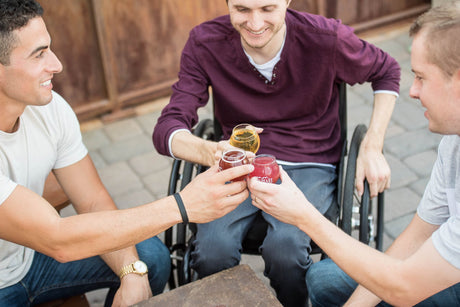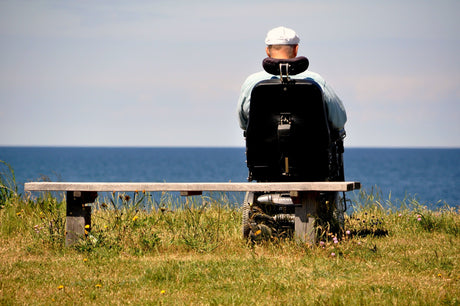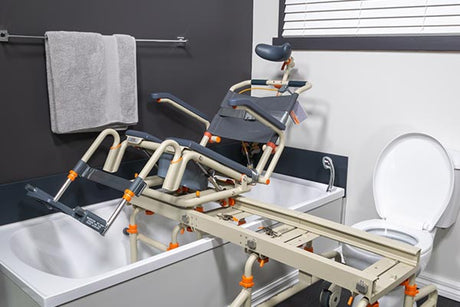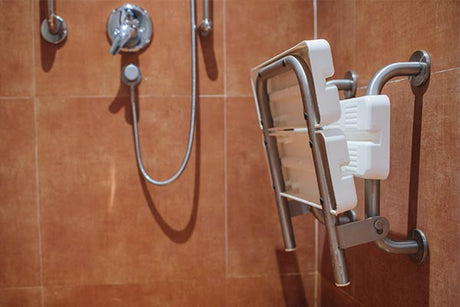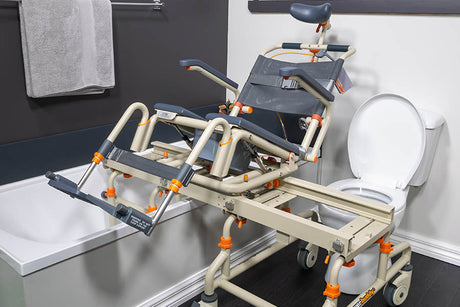In this article, we cover 6 common problems with a low grade shower stool or chair, so you have a better sense of what ‘cheap’ means in this product category.
They’re not super stable during use
A very cheap shower chair or stool is usually designed with plastic and metal components that are not of a great standard, nor are they manufactured with the same attention to tight tolerances that proper medical grade assistive equipment will offer. Of course, every product where safety is part of its function is required to pass certain ISO standards as well as regional requirements. But there’s no doubt that the basic, fixed shower seats with thin frames and basic plastic bucket seats do not support an adult body weight shifting and leaning in different directions. A non-centred position and the right size can topple these products over. With bathing’s requirement of reaching different parts of the body, it’s normal for a solo user to be off-centre. Unless the usage is with a user who can remain perfectly centred and still whilst a carer or partner bathes them, these formats are going to show their limitations.
And why should users have to negotiate product limitations whilst navigating their own mobility challenges as well? It’s simply not what assistive technology ought to do in our view.
The adjustments are limited or ineffective
If you want things like backrest adjustments and even the inclusion of arm rests, you’ll find you move out of the budget options and into a category between affordable and professional grade. These may have a better build and have more functionality, but will still be relatively basic compared to what you can get through the likes of Showerbuddy. With funding as an option in many parts of the world, users can end up spending more on an above-average shower chair just to get a few of the functions of a proper bathroom mobility solution.
It really pays to do your research around the products on the market and compare this with the needs of the user. Whether you’re the user, their partner or their occupational therapist, make sure the equipment that is introduced to the daily routine will be able to be modified and adjusted to suit them.
They don’t cater to a range of body types and ages
When you need to ensure that the individual can stay supported and in place throughout the duration of the bathing experience, a cheap option for a big user can be quite risky. A lean in one direction or non-centred body position can see the mobility impaired user slip, fall or even damage the stool itself.
By going with a more proven, high grade assistive bathroom equipment option, you can proceed with confidence that the user will be enabled plenty of support, in a range of body positions that best accommodate their preferences.
They’re hard to position the user in for comfortable bathing
They don’t last the distance
Rarely do these cheap stools come with lifetime warranties that actually cover the product through rigorous use. Some even mention ‘wear and tear’ as an exclusion – but shouldn’t a shower-based product be up to the task of daily wear and tear? We think so, which is why we cover our frames for life.
There’s another issue here – a product that doesn’t last the distance but broadly meets an individual’s modest support needs will end up being repurchased (if not the same model, a similar price point). It’s not uncommon for users to purchase 4-5 shower chairs as they wear out or cease to be functional in a certain way. If that person were to find a better quality bathroom mobility solution, they may end up saving money in the long run.

They don’t manage the transfer process effectively
But all of these issues are eclipsed by the biggest issue of all: how do you get onto and off of the shower chair if all it consists of is a basic thin frame and a cheap plastic seat? What about getting over the edge of a bathtub edge or shower lip/curb? Is this really that safe for the user or their carer who will be carrying some of their weight?
There’s plenty of concerns with transferring someone into a shower – not least of all the fact that this manoeuvre happens in a slippery environment to begin with. A shower stool that only considers a stationary, perfectly seated user is a very limited solution in our view. Much of the anxiety around bathing comes from the access and exiting.
Consider the following stages of using the shower that don’t include bathing itself:
- Entering the bathroom
- Getting in a practical position to get over any edge to the shower
- Executing the movement into the shower area
- Assuming a safe seated position on a stool/chair
- Preparing to exit the shower
- Conducting the movement to get up and out of the shower
- Leaving the bathroom
The basic, cheap shower stool addresses none of these things. Relying upon a loved one or even carer to have the strength and technical understanding of manual lifts presents new risks to the process.
Consider a proper bathroom transfer solution
If mobility challenges are going to be of any significant impact and/or duration, strongly consider the benefits of a complete solution that takes care of the transfers in and out, bathing, toileting and even bedside commode use.

Further reading
Enjoyed this article? You may be interested in these resources online:
- Why Quality Matters In A Shower Chair – Showerbuddy Blog
- Showerbuddy Transfer Range
- When It Makes Sense to Buy Quality Instead of Saving Money – lifehacker.com

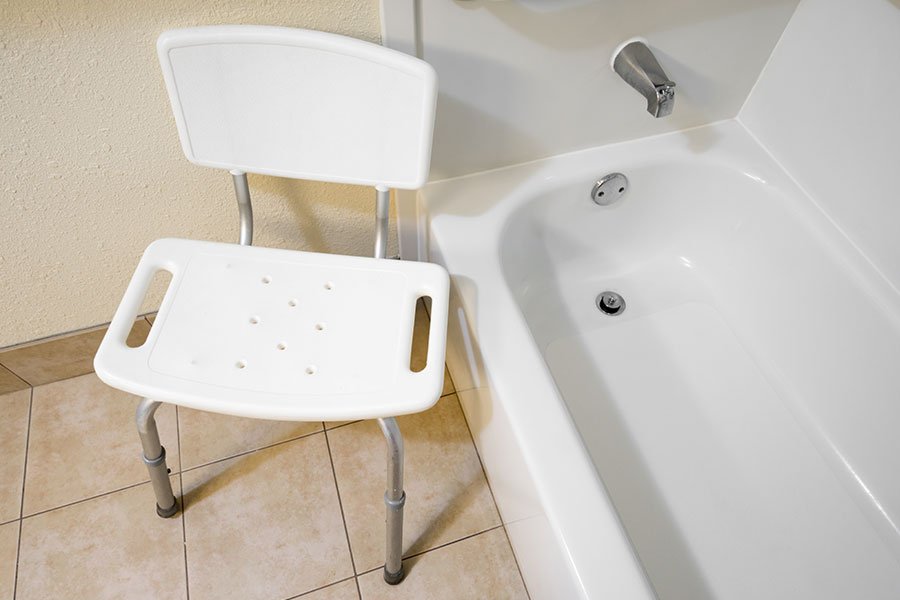
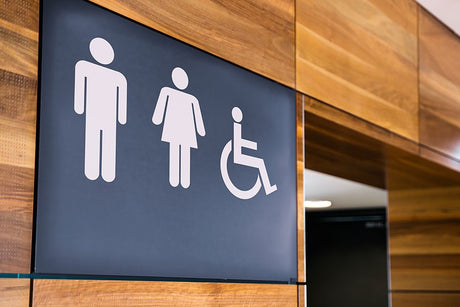
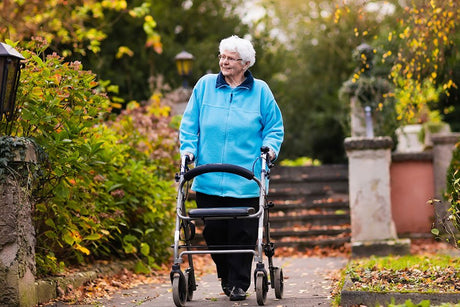
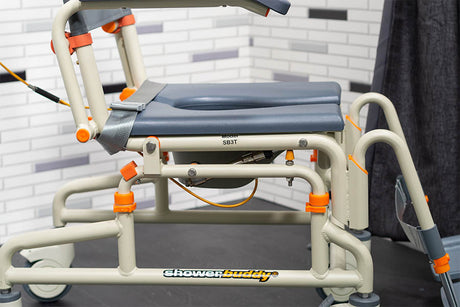
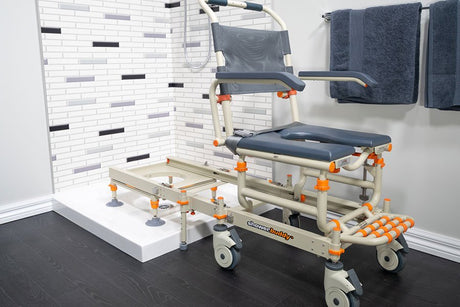

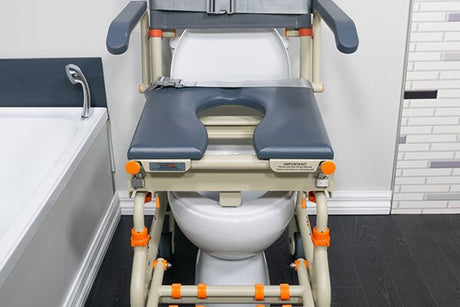


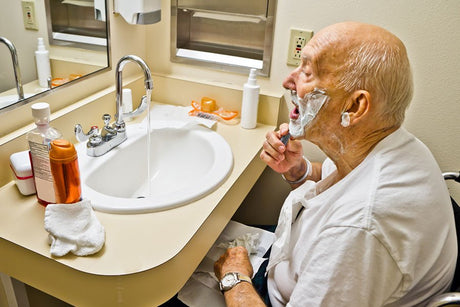

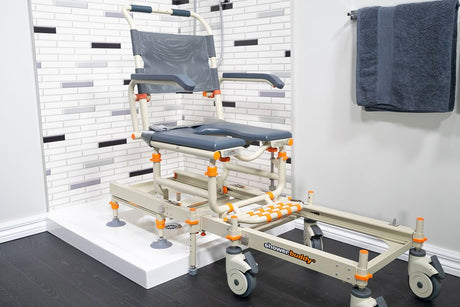

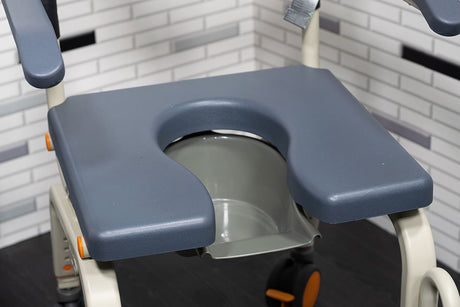

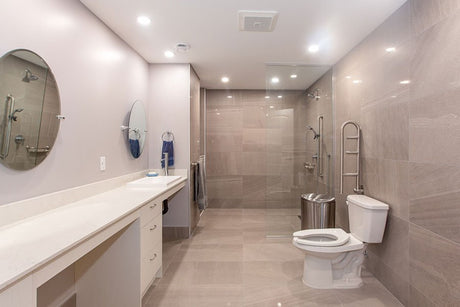

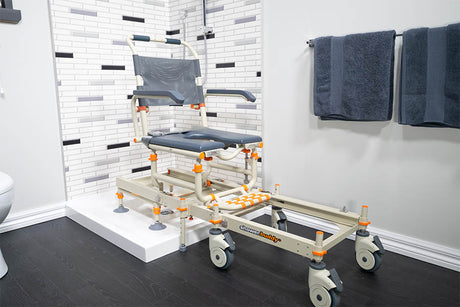

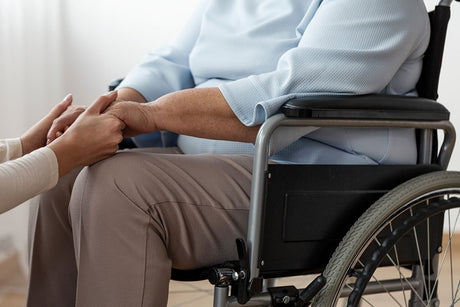
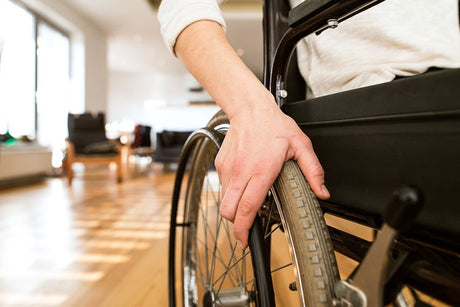
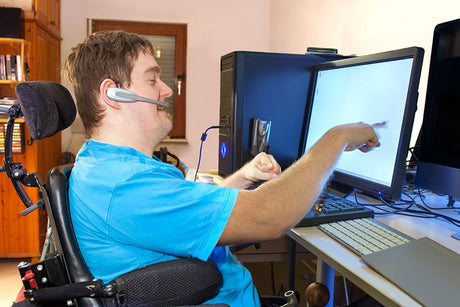


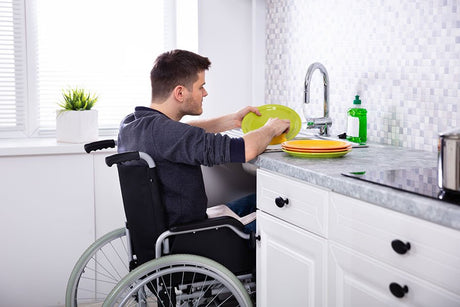
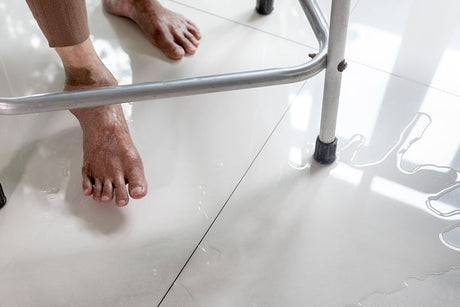
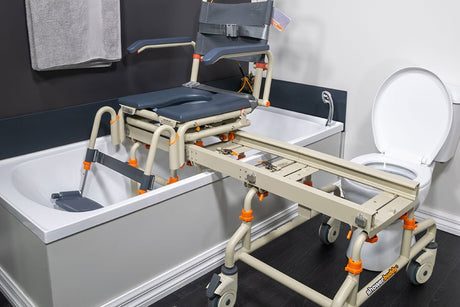
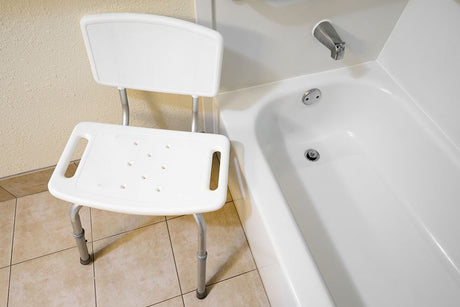
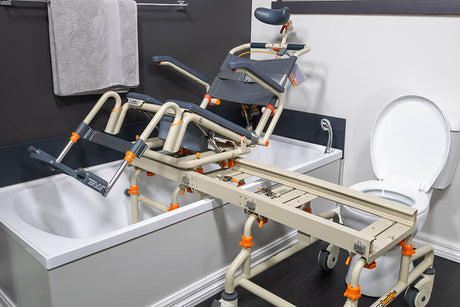
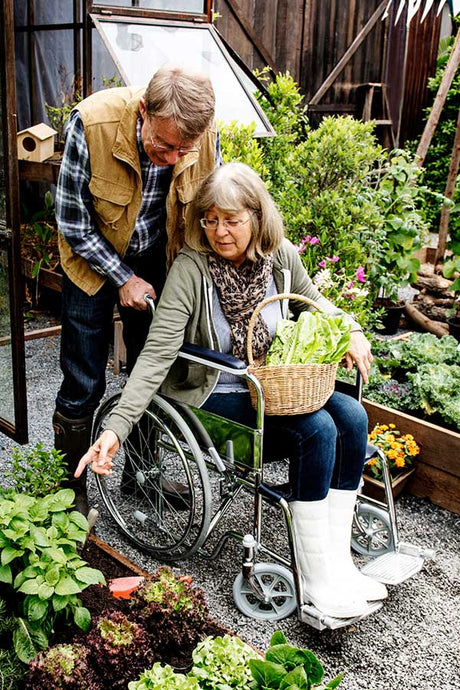
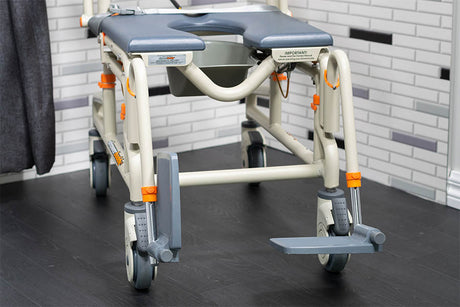

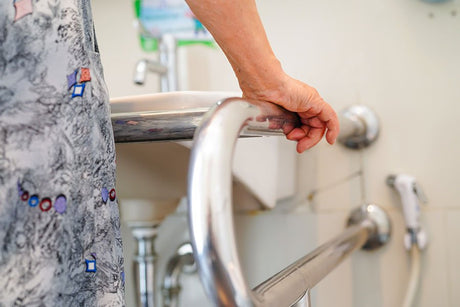


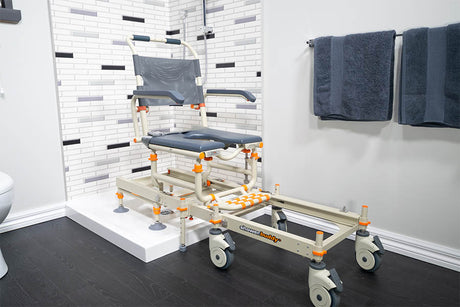
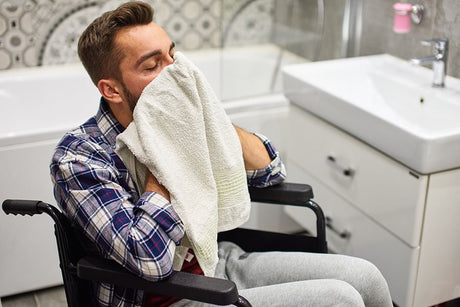

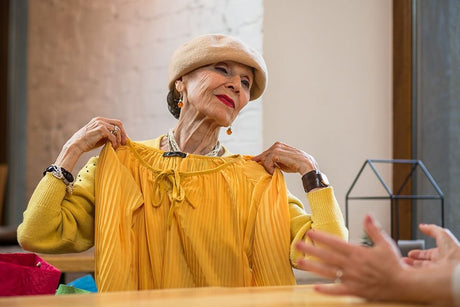
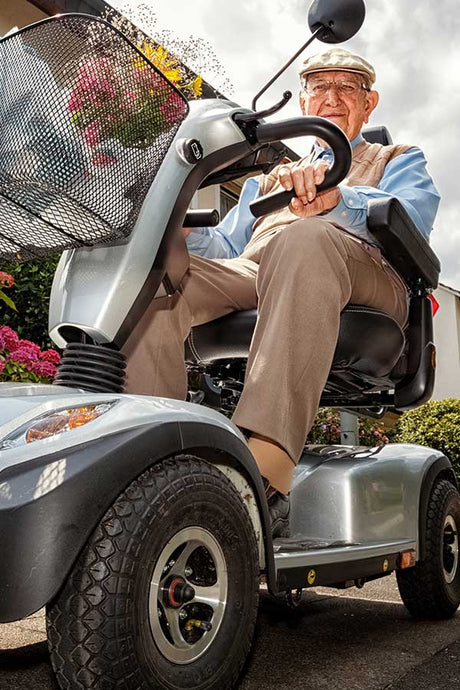

![Toilet Training A Young Child With Mobility Challenges [And How A Shower Chair Can Help]](http://shower-buddy.com/cdn/shop/articles/toilet-training-disabled-child.jpg?v=1699405543&width=460)


